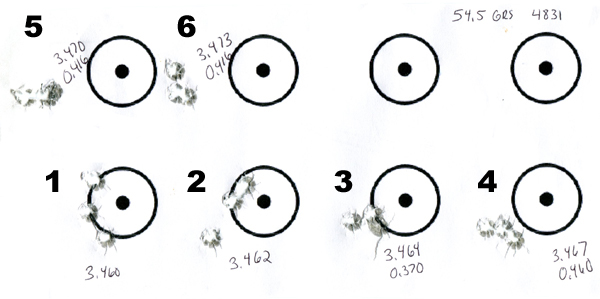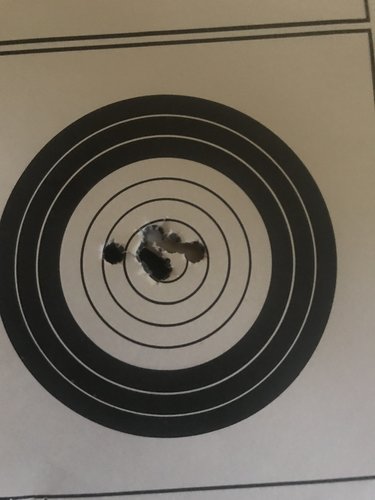Brian in Montana
Well-known member
I cooked off a ladder test yesterday using Big Game and 139gn Hornady Interbonds. Flat spots were not super flat, but looks like there could be a couple of promising loads in the data. I started at 45.3gns and worked my way up in .2 increments to 47.5. MV was pretty impressive. Maxed at 2936 fps, but most charges were near or above 2900 fps. Its just a matter of seeing what will group.
I did some thing a little different on this project in terms of seating depth. Usually I just look at the manual and use the recommended COL, but on this one I seated the bullets as long as they would fit in the magazine - this gave me a COL of 2.83 whereas the Hornady manual recommends 2.755. I'm going to follow this project to completion, but I was wanting to ask: of you guys that have loaded Interbonds before, does this bullet tend to like being closer to the lands or does it prefer a little jump. Accubonds seem to like a little jump in this rifle I've noticed, but there are some significant differences between ABs and Interbonds.
???
I did some thing a little different on this project in terms of seating depth. Usually I just look at the manual and use the recommended COL, but on this one I seated the bullets as long as they would fit in the magazine - this gave me a COL of 2.83 whereas the Hornady manual recommends 2.755. I'm going to follow this project to completion, but I was wanting to ask: of you guys that have loaded Interbonds before, does this bullet tend to like being closer to the lands or does it prefer a little jump. Accubonds seem to like a little jump in this rifle I've noticed, but there are some significant differences between ABs and Interbonds.
???





